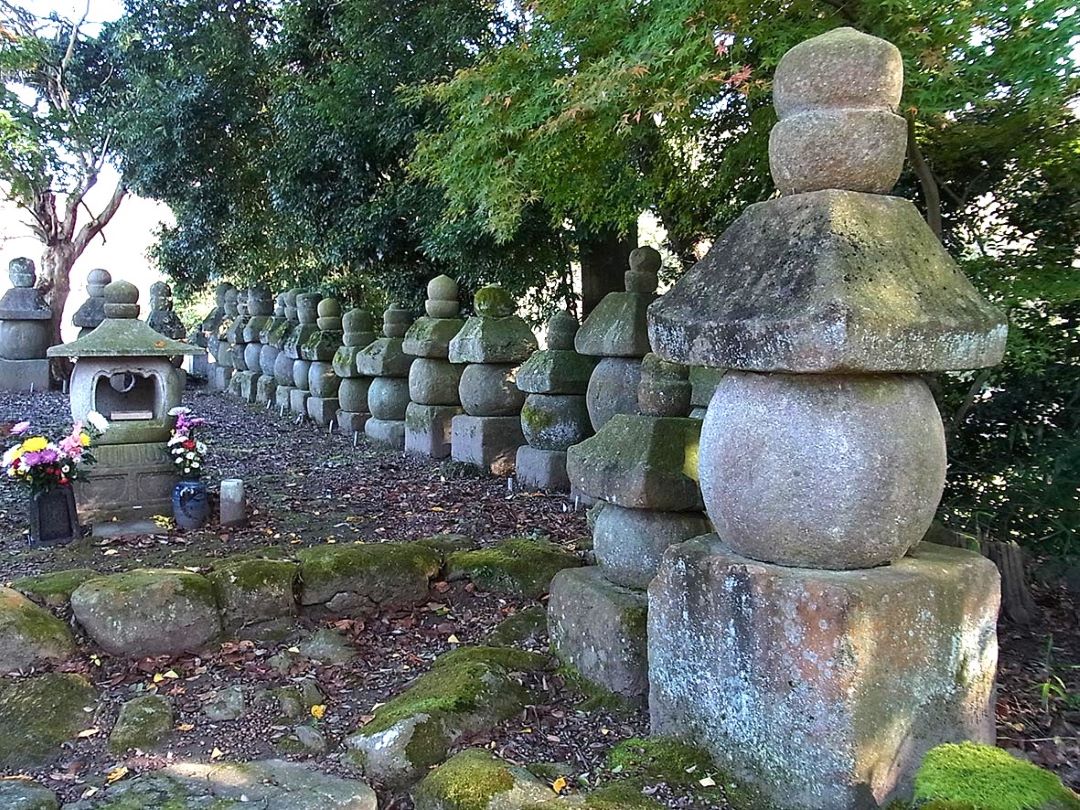
Akasaka Palace, Tokyo
Year designation
Lithology
Aesthetics
Geological settings
Mesozoic Late Cretaceous to Cenozoic Early Paleogene; Inada Granite and Kabasan Granite
Location
Tsukuba Massif in central and southern Ibaraki Prefecture, North of Tokyo, Japan
Akasaka Palace, Tokyo
The foundation of Modern Japanese architecture
The large and unusual rocks of the Tsukuba Massif have been protected by local people since ancient times as a place of mountain worship. In the 13th century, stone Buddhas and Gorinto (five-ring pagodas) began to be made using these granites.
With the modernization of Japan around the turn of the 20th century, the Tsukuba massif Granite was transported by rail to Tokyo as the high-quality and abundant Inada and Makabe Stones. Since the Meiji period, when Western culture entered Japan, these stones have been widely used in the construction of stone buildings such as the Bank of Japan and the State Guest House Akasaka Palace, as well as for paving around the National Diet Building and Tokyo Station, and for bridges like Nihonbashi Bridge and tramway tracks. These stones remain popular nationwide as materials for gravestones and monuments. Makabe Stone, being easily carved, has been used since the Kamakura period for making stone Buddhas, gorinto (five-ring pagodas), and lanterns. Especially Makabe Stone Lanterns, which originated in the Edo period, have been officially designated as a Traditional Japanese Craft.
- Author(s)
Kaoru Sugihara, Geopark Office, Tsukuba City 1-1-1 Kenkyu-Gakuen, Tsukuba, Ibaraki 305-8555, Japan


